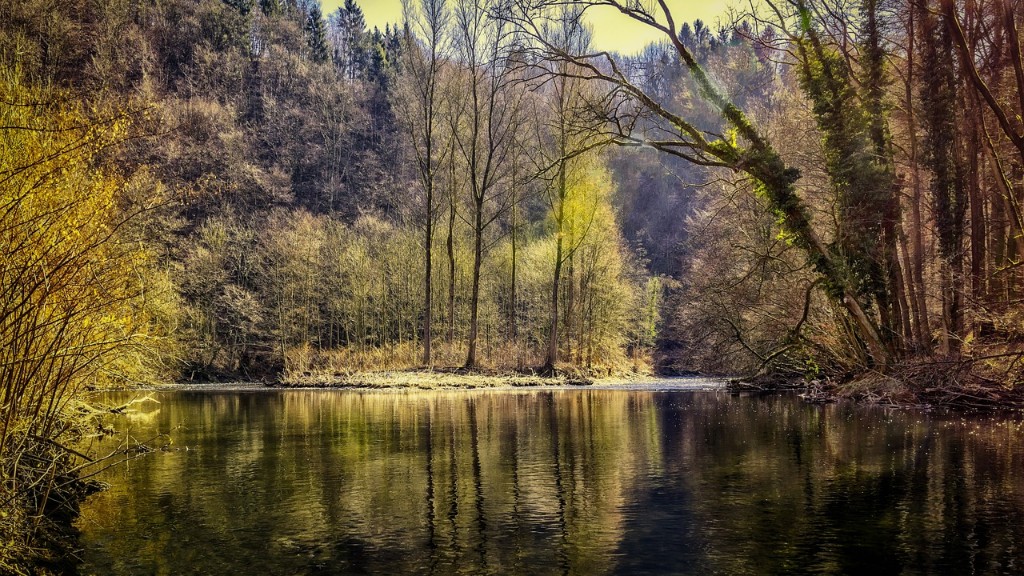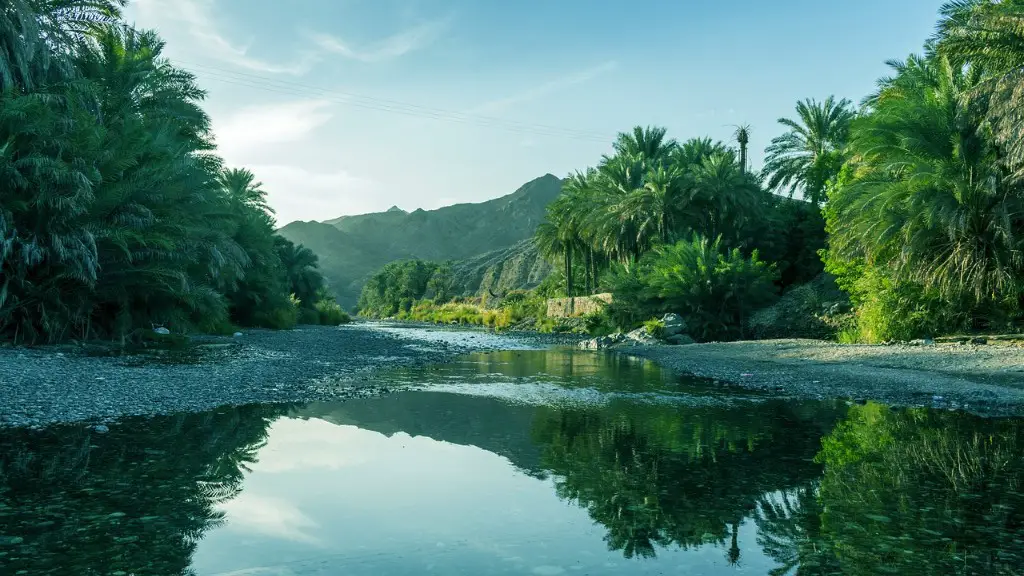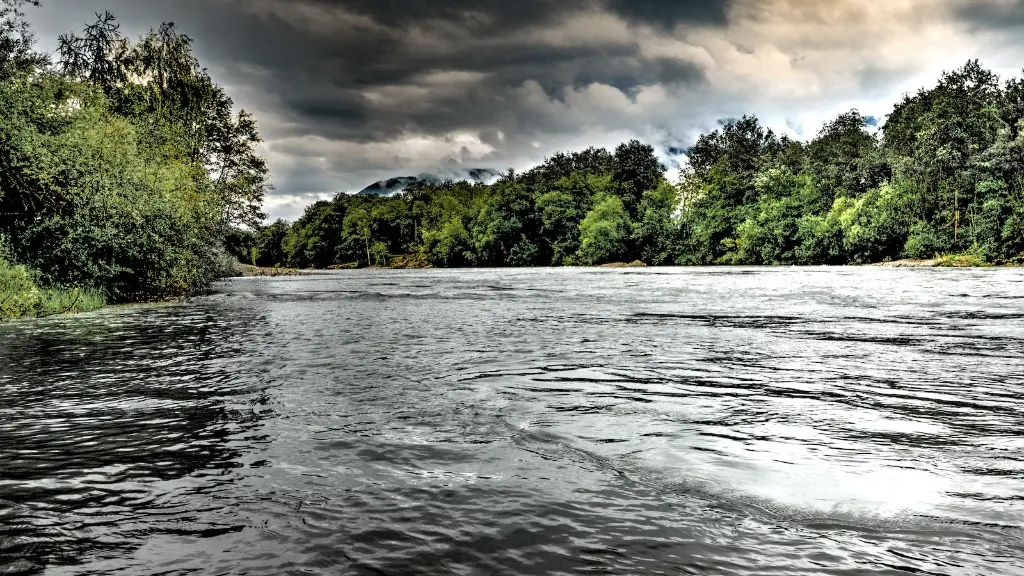The Amazon rainforest is the world’s largest tropical forest, covering 5.5 million square kilometers (2.1 million square miles) of land in South America. The Amazon River Basin contains about one-third of the world’s remaining rainforests and is sometimes referred to as the “lungs of the planet” because of the large amount of oxygen that the trees release into the atmosphere. The Amazon is also home to a diverse array of plant and animal life, including many unique species that are found nowhere else on Earth.
The Amazon rainforest is under threat from a variety of human activities, including logging, agriculture, and mining. In recent years, however, there has been an increasing effort to protect the Amazon and its inhabitants. A number of organizations, including the World Wildlife Fund and the Amazon Conservation Association, are working to promote sustainable development and conservation in the region. In addition, the Brazilian government has created a number of protected areas, including the Amazon Rainforest National Park.
The Amazon River is being protected by strict conservation measures that limit the amount of pollution and damage that can be caused to it. These measures include limiting the amount of sewage and industrial waste that can be discharged into the river, as well as preventing deforestation and land development from occurring near its banks.
How is the Amazon being protected?
Reforestation is the act of planting trees in an area where trees have been cut down or where there is little to no tree cover. Reforesting can help to restore lost forests, improve the environment, and provide livelihoods for local communities. Amazon Conservation has reforested degraded lands with over 250,000 trees to date, most through community-based reforestation projects in the Manu National Park buffer zone. These projects not only help to restore lost forests, but also provide much-needed income and employment for local people.
Fossil fuels are a major contributor to climate change, and reducing your use of them can help to protect the planet. Support renewable energy sources such as solar and wind power, and make sure to turn off electric appliances when you’re not using them. Every little bit helps!
How is Brazil protecting the Amazon
The Amazon Region Protected Areas (ARPA) program was established in 2002 to permanently protect 150 million acres of the Brazilian Amazon. The program was created in partnership with WWF and others, and is the world’s largest initiative for the conservation of tropical forests.
The Brazilian Amazon rainforest is the largest rainforest in the world, covering over five million square kilometers. Currently, 51 percent of the Brazilian Amazon rainforest is considered protected land. This means that the Brazilian government has designated certain areas of the rainforest as protected areas, where human activity is limited in order to conserve the natural ecosystem. The Brazilian Amazon is home to an incredible diversity of plant and animal life, and it is vital that we work to protect this important ecosystem.
How much of Amazon is protected?
It is encouraging to see that almost half the Amazon has been designated either a protected area or Indigenous territory. This means that the indigenous people who have lived there for generations are finally being recognised and their land is being protected. However, there is still a long way to go as only 14% of all deforestation takes place in these protected areas. There are currently 100m hectares of Indigenous land that are under dispute or awaiting formal government recognition. Hopefully, with more awareness and pressure from the international community, these areas will soon be fully protected and the indigenous people will be able to keep their land.
The world’s wildernesses are under increasing threat from human activity. Huge-scale farming, ranching, infrastructure development, unsustainable logging, mining and climate change are all putting pressure on these areas. This is having a devastating impact on the wildlife that lives there, as well as the ecosystems that they depend on. We need to do more to protect these areas, before it’s too late.
Is anyone protecting the Amazon rainforest?
The Amazon Conservation work is extremely important, not just for the future of our planet, but for the present health of those that live in the Amazon. This work is vital to preserving this important natural area and the many benefits it provides to both the environment and the people that live there.
The Amazonian rainforest is critical to the lives of local people who rely on it for their daily needs, such as food, water, and traditional medicine. The forest is also a key source of modern medicine, as many treatments and vaccines are derived from wild flora. Conserving this vital ecosystem is essential to protecting the health and well-being of both local communities and the wider world.
Why should the Amazon river be protected
The river is under constant threats of degradation and contamination. Without it, millions of people will be left without drinking water, a source of protein from local fish, and their livelihoods. However, the river is still a vital part of our ecosystem and its importance cannot be understated. We must do everything we can to protect it.
It’s important to take action to restore damaged ecosystems, like planting trees on land where forests have been cut down. We can also encourage people to live in a way that doesn’t hurt the environment, and establish parks to protect rainforests and wildlife. We should also support companies that operate in ways that minimize damage to the environment.
Is Amazon still burning 2022?
The Amazon rainforest is the world’s largest tropical forest, spanning nine countries and covering over five million square kilometers. The forest is home to an estimated 400 billion trees and houses approximately 10 percent of the world’s known biodiversity. The Amazon is also a vital part of the global carbon cycle, and its degradation could have major impacts on the world’s climate.
The Amazon rainforest experienced its worst fire season on record in 2020, with over 9,000 fires burning across the Brazilian Amazon. This year, the number of fires has decreased, but they are still significantly above the long-term average. The vast majority of these fires are thought to have been caused by humans, and most have burned in recently deforested areas.
The Brazilian government has come under fire for its handling of the Amazon fires, with critics accusing the government of prioritize economic development over environmental protection. The government has denied these allegations, but has pledged to take better care of the Amazon in the future.
The Amazon is the world’s largest rainforest, and is home to an incredible diversity of plant and animal life. In 1965, Brazil passed its first Forest Code, which requires landowners in the Amazon to maintain 35-80% of their property under native vegetation. This means that farmers can only farm 20% of their land, which helps to preserve the rainforest.
How much of the Amazon will be left in 2050
The world’s rainforests are vital to our planet’s health, so it’s disheartening to learn that they’re being destroyed at an alarming rate. If nothing is done to stop the destruction, an estimated 40% of this unique ecosystem will be lost by 2050.
Rainforests are home to an incredible diversity of plant and animal life, and they play a crucial role in regulating the Earth’s climate. They also provide humans with vital resources, including food, medicine, and wood. The loss of such a vital resource would be devastating, not just for the animals and plants that rely on rainforests for their survival, but for humans as well.
We must take action to protect rainforests and the many benefits they provide. We can start by supporting organizations that are working to preserve rainforests and by raising awareness about the importance of these vital ecosystems.
This is a very alarming statistic and something that needs to be taken into account in order to protect the Amazon rainforest. There are many factors that contribute to this destruction, such as livestock, agriculture, logging, fire and drought. If these factors are not controlled, the Amazon rainforest could be severely damaged by 2030. This would have a devastating impact on the environment and the wildlife that depends on the rainforest.
What happens if we lost the Amazon rainforest?
The Amazon rainforest is the world’s largest tropical forest. It is essential to the global water cycle and it is home to an amazing array of plant and animal species. The destruction of the Amazon rainforest would have a devastating impact on the global climate. The rainforest absorbs vast amounts of carbon dioxide, which helps to regulate the Earth’s temperature. Without the Amazon rainforest, the Earth would warm more rapidly, leading to floods, droughts and other extreme weather conditions. The Amazon rainforest is also a major source of freshwater, and the loss of this ecosystem would lead to water shortages around the world.
It’s good to know that even clear-cut tropical forests can regenerate. This is good news for the planet, and for the thousands of species of animals and plants that call these forests home. It’s especially good news for the jaguars that live in these forests, as they are one of the many species that depend on these forests for their survival.
What is the largest protected area in the Amazon
This is great news for the environment and for the animals that call this rainforest home! The expanded park will help to protect the forest from further damage, and will provide a safe haven for the many different species that live there. This is a huge step forward in the fight to protect our planet’s rainforests.
The Amazonian rainforest is home to an incredible array of plants and animals, many of which are found nowhere else on Earth. This diversity is under threat from human activities such as logging, farming, and mining. To help protect this unique ecosystem, governments have established a number of protected areas (PAs).
Since 2000, the area of land protected in Amazonian PAs has increased five-fold, to more than 125 million square kilometers. This is significant progress, but there is still more work to be done. The Amazonian rainforest is a vital part of our planet’s ecosystem and we must do everything we can to protect it.
Final Words
The Amazon River is being protected by various organizations and governments. These organizations are working to preserve the rainforest and the animals that live there.
The Amazon River is the biggest river in the world and is home to many different animals. The river is being protected by the Brazilian government and by many different organizations. The Brazilian government is working to stop the illegal deforestation of the Amazon rainforest and to protect the animals that live there. Many organizations are working to raise awareness about the importance of the Amazon River and to raise money to help protect it.





